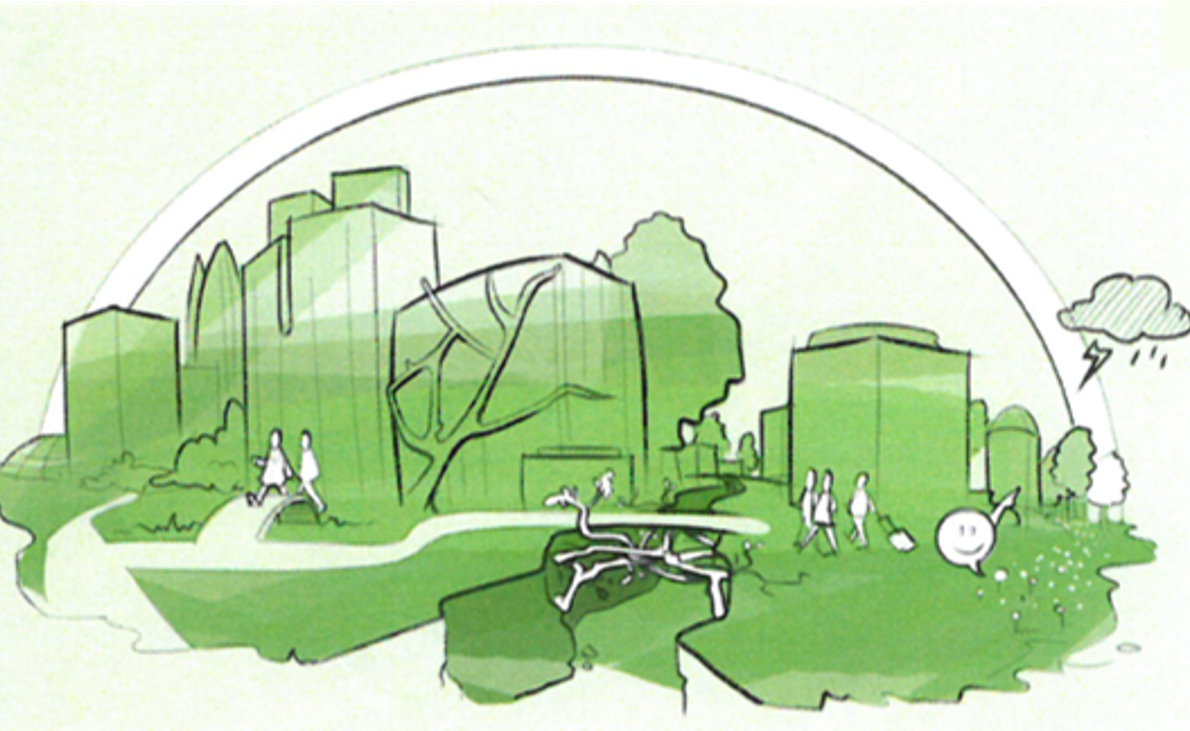
Driver for Change I: Cities as Living Organisms
- Fri, 22/02/2019
Background
The future is unpredictable and elusive. Recent changes in technology, ecology, economics and society have already led to significant changes. The expectation is that the complexity that people and organisations experience will only increase further in the years ahead. A number of current Drivers for Change will lead to radical changes in the future. Therefore, we need a new way to visualise the future, with all the opportunities and challenges that it will bring – an approach that is creative, imaginative and research-oriented. Even though we can’t predict the future, we can create a range of possible context-related future scenarios. These desired scenarios will direct our decision-making, from short-term actions to long-term consequences. In the UNaLab project, the Future Telling research method was used to develop possible, context-related future scenarios in a creative, imaginative way.
Through an analysis of interviews with a broad spectrum of experts on climate and water resilience and nature-based solutions, five Drivers for Change for the future of climate and water resilient cities in 2050 were identified. This blog post will present the first Driver for Change: Cities as living organisms.
Driver for Change I: Cities as living organisms
In 2050, cities adjust and transform to adapt themselves to changing conditions – like organisms living in harmony with their surroundings. Like all living organisms, future cities have the ability to recover from the effects and impacts of changes, such as climatic and weather conditions. The people benefit from the resilience of their cities, and they enjoy an environment in which urbanisation and nature go hand in hand. They also contribute to the resilience of the city. They care for nature and respect its value. The public spaces provide a good atmosphere and help to build social cohesion and inclusion. The city is constantly adjusting, to optimally respond to environmental and social changes.